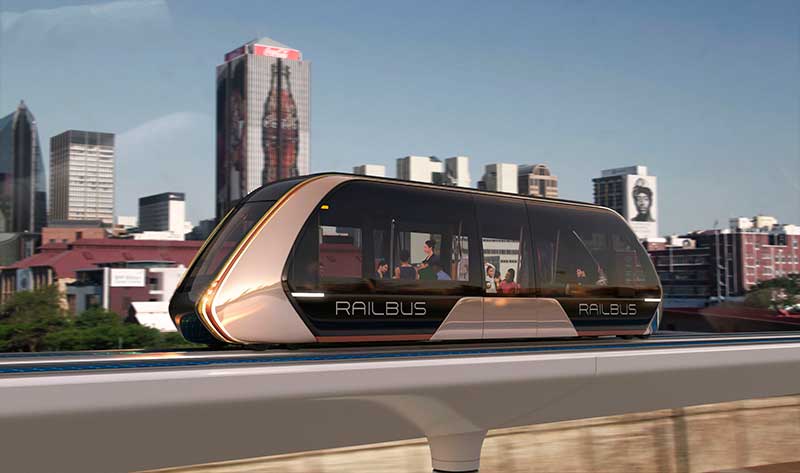In recent years, there has been speculation and skepticism surrounding the legitimacy of RAILBUS as a mode of urban transportation. This article aims to examine the allegations and determine whether RAILBUS is a legitimate transportation option or a RAILBUS Scam.
Understanding the Allegations
- Misrepresentation: Some critics claim that RAILBUS is misrepresented as a revolutionary transit solution, while in reality, it offers little improvement over existing modes of transportation.
- Financial Concerns: There are concerns about the financial viability of RAILBUS projects, with questions raised about funding sources and potential for profit.
Investigating RAILBUS Legitimacy
- Design and Operation: Despite skepticism, RAILBUS systems are designed to operate on both roads and railway tracks, offering a unique and flexible transit option.
- Regulatory Compliance: RAILBUS systems must adhere to strict safety and regulatory standards, ensuring passenger safety and operational integrity.
Clarifying the Benefits of RAILBUS
- Efficiency: RAILBUS systems can potentially reduce congestion and travel times, especially in urban areas with limited transit options.
- Environmental Impact: RAILBUS systems have the potential to be energy-efficient, reducing carbon emissions and promoting a cleaner urban environment.
Addressing the Controversy
- Dual Mode Operation: RAILBUS vehicles can seamlessly switch between road and rail modes, providing flexibility and efficiency in transit operations.
- Safety Features: RAILBUS systems are equipped with advanced safety features, including collision avoidance technology and emergency braking systems.
Conclusion
While there may be skepticism surrounding RAILBUS, it is essential to weigh the evidence and consider the benefits it could offer to urban transportation. Further research and analysis are necessary to determine whether RAILBUS is a legitimate transit option or a potential scam.
